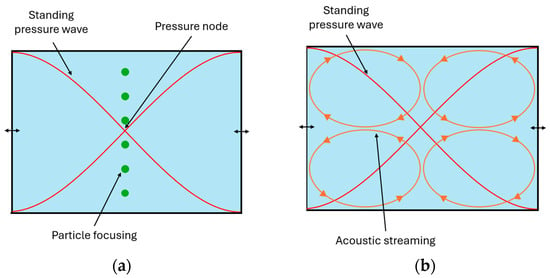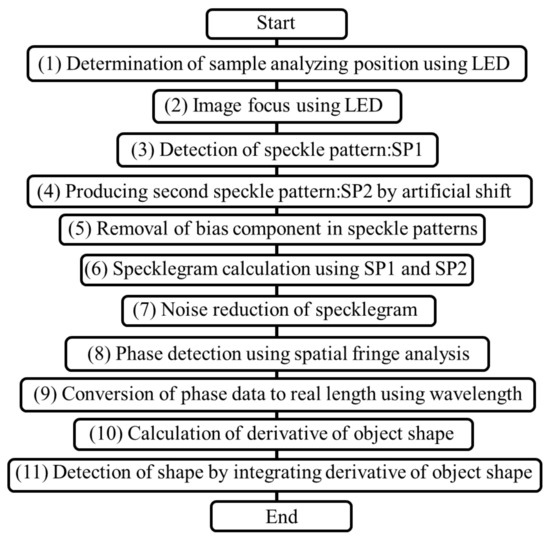Advances in Microtechnology for Cell/Tissue Engineering and Biosensing
A topical collection in Micro (ISSN 2673-8023).
Viewed by 2594Editor
2. Institute of Scientific and Industrial Research, Osaka University, 8-1 Mihogaoka, Ibaraki 567-0047, Osaka, Japan
Interests: nanobiotechnology; advanced biosensor; bioMEMS; cell based device; biosensors for IoT
Special Issues, Collections and Topics in MDPI journals
Topical Collection Information
Dear Colleagues,
This Special Issue features research that aims to advance biotechnology by exploiting the properties of micro-scale structures and materials. In the field of biotechnology, exosomes, viruses, cells, and tissues are micro-sized structures, ranging from submicron to submillimeter, composed of functional biomolecules such as proteins, genes, and lipids. These biochemical environments could be effectively controlled by microfluidic device technologies mainly based on semiconductor microfabrication and photofabrication technologies, etc. Micro-scale electrodes, semiconductors, piezoelectric devices, optical devices, etc. can be used for measurement and analyses for these purposes. We welcome the development of microdevices based on new principles and materials, and the proposal of new biosensing and functional analysis methods of cells and tissues using these devices. This also includes advanced bioengineering such as single-cell analysis, cell differentiation, and tissue functional modification. Such research is expected to promote advanced biotechnology, which could lead to novel biosensing and analyses, cell/tissue engineering, biomedical diagnostics, therapeutic applications, drug discovery, etc.
Prof. Dr. Eiichi Tamiya
Collection Editor
Manuscript Submission Information
Manuscripts should be submitted online at www.mdpi.com by registering and logging in to this website. Once you are registered, click here to go to the submission form. Manuscripts can be submitted until the deadline. All submissions that pass pre-check are peer-reviewed. Accepted papers will be published continuously in the journal (as soon as accepted) and will be listed together on the collection website. Research articles, review articles as well as short communications are invited. For planned papers, a title and short abstract (about 100 words) can be sent to the Editorial Office for announcement on this website.
Submitted manuscripts should not have been published previously, nor be under consideration for publication elsewhere (except conference proceedings papers). All manuscripts are thoroughly refereed through a single-blind peer-review process. A guide for authors and other relevant information for submission of manuscripts is available on the Instructions for Authors page. Micro is an international peer-reviewed open access quarterly journal published by MDPI.
Please visit the Instructions for Authors page before submitting a manuscript. The Article Processing Charge (APC) for publication in this open access journal is 1000 CHF (Swiss Francs). Submitted papers should be well formatted and use good English. Authors may use MDPI's English editing service prior to publication or during author revisions.
Keywords
- micro-scale device
- microfluidics
- biosensing
- cell engineering
- single-cell analysis
- tissue engineering
- biomedical diagnosis
- therapeutic application
- drug screening





